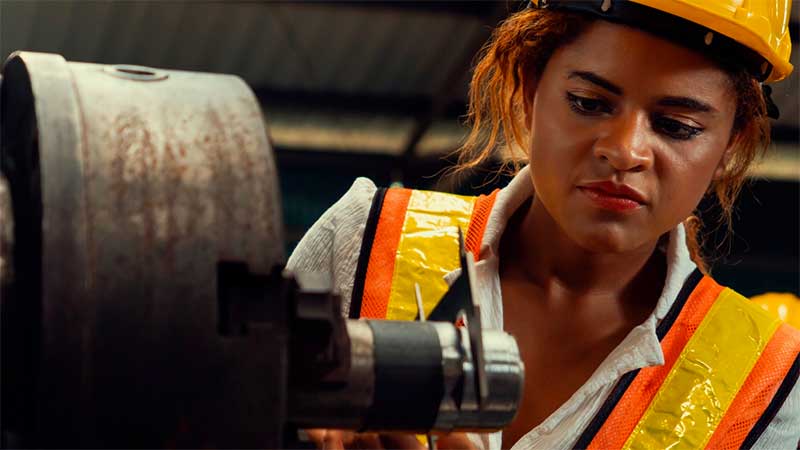Change takes time–except when you do not have time. If you have been following the latest news about our nation’s drastic shortage of skills and talent, you know what I mean. We pivoted quickly in education and remote work to respond to the pandemic. Now, we need that sense of urgency around shorter-term workforce training—and, once more, there is no time to wait.
We have talked about this for years, including in my book “Human Work in the Age of Smart Machines,” but the pandemic arguably triggered a decade’s worth of change in little more than a year.
That tide alone should prompt workforce forecasters to tear up their predictions, but the new infrastructure plans under discussion have yanked the timeline forward yet again. As Andy Van Kleunen, CEO of the National Skills Coalition, noted on NPR:
“We were having trouble finding skilled workers for construction jobs, water and energy utilities, telecom and broadband expansions—all the areas where we think this infrastructure bill was going to be investing even before the pandemic.”
In Washington, D.C., Anchor Construction specializes in building roads and bridges. The company is trying hard to fill positions and may have to double hiring.
“I’d be surprised if there’s any firm out there saying they’re ready for this,” Anchor Vice President John M. Irvine told The New York Times.
In short, if we cannot fill the jobs open now, how do we launch a massive infrastructure program without making training workers part of that plan?
Complex problems resist simple solutions, and that is the case here. As the infrastructure plan takes shape, we should not expect it to contain all the answers to the nation’s talent shortage. Instead, we will see (we are already seeing) progress take shape in a hundred places as companies urgently realize they must help people develop their skills.
One of my Lumina Foundation colleagues, Haley Glover, had some good news in that regard this week in a new report on Walmart’s free tuition program called Live Better U. The company gives employees free access to more than 100 programs for high school completion, college degrees, short-term credentials, even language skills.
“We analyzed the early results of the company’s Live Better U program and found it is working for thousands of employees who received education,” she reported. “Importantly, these successes are equitable across all racial and ethnic groups.”
That last part is essential: It is not just enough to direct new governmental and private resources at education and training. The nation’s talent deficit is so dire—and the imperative to address racial disparities so critical—we must insist that progress include everyone. The report on Live Better U shows Walmart is getting there, with educational opportunity translating into lower attrition and higher performance among the participants, regardless of race or ethnicity.
“This finding was true across all racial and ethnic groups, which means the program is not only providing equitable access to higher education for associates from racially diverse backgrounds, but its positive effects are accruing equitably,” Glover wrote.
The point is not that everyone should do what Walmart has done. Other companies, labor unions, and nonprofit training organizations are doing important work. However, Walmart is part of a more extensive set of successes emerging across the country.
To build this new talent structure with fairness, we will need the proper specifications in the same way we need good blueprints when making anything else. That means a recovery, job training included, that emphasizes racial equity and progress, especially in construction trades and other fields that have not welcomed broad participation in the past. We should all commit to capitalizing on this opportunity to do better.
